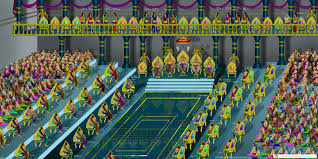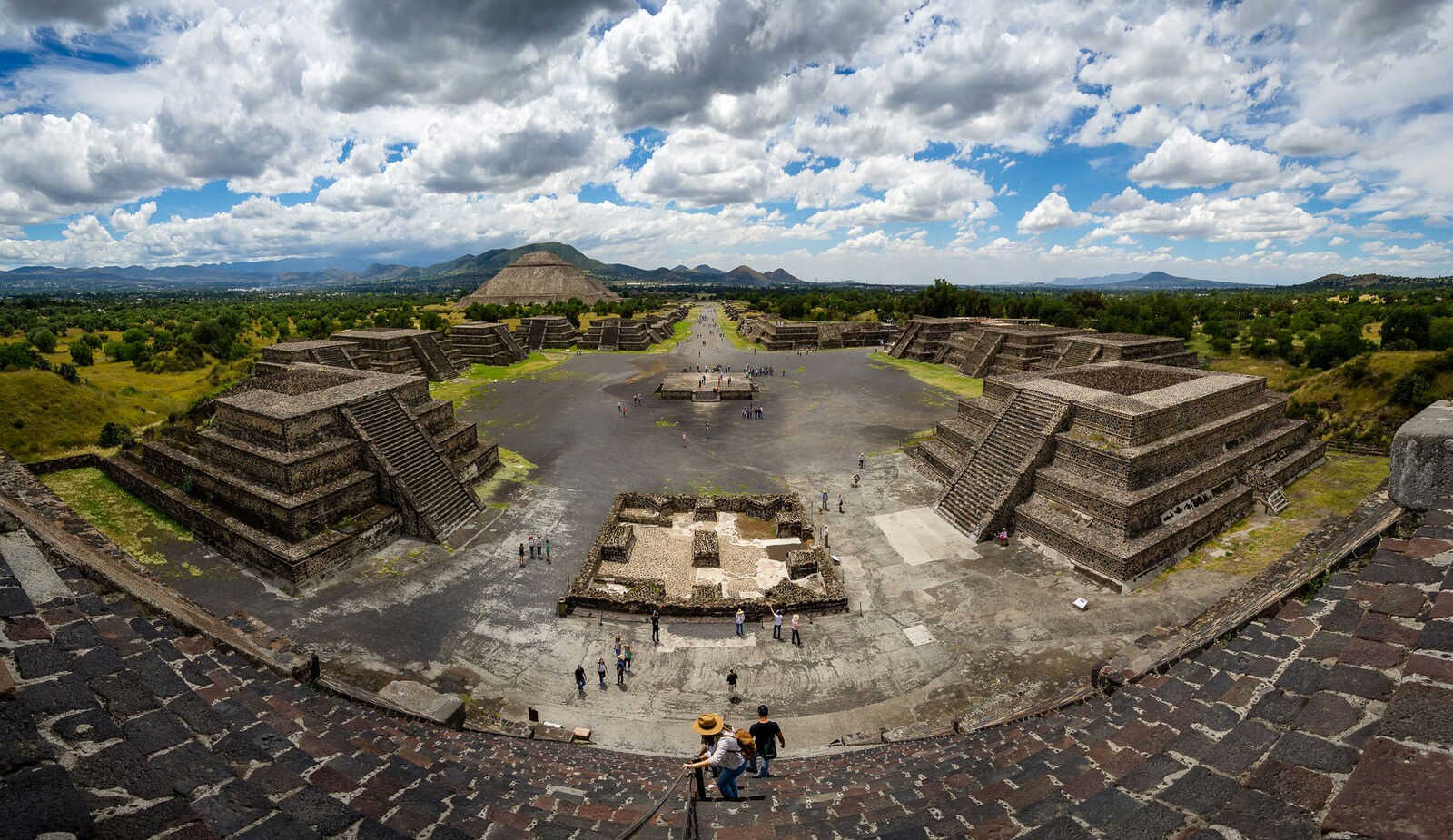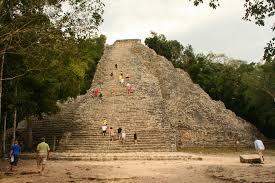Under the ancient system, the Maya Government was a hereditary absolute monarchy, with a close union of the spiritual and temporal elements, the hereditary high priest, who was also king of the sacred city of Izamal, being consulted by the monarch on all important matters, besides having the care of ritual and ceremonials.
Ancient Mayan Civilization
The Mayan civilization was not one unified empire, but rather a multitude of separate entities with a common cultural background. Similar to the Greeks, they were religiously and artistically a nation, but politically sovereign states. As many as twenty such states existed on the Yucatan Peninsula, but although a woman has, on rare occasions, ascended to the ruling position, she has never acquired the title of 'mah kina'.
Mayan Laws
Like the ancient Greeks, the Maya city-states were both independent and intertwined. The Maya people all spoke the same language. They used the same system of counting. They worshiped the same gods. They told the same myths. They had the same laws. They wore the same style clothing. They thought of themselves as one people.

Ancient Mayan Rulers
There were four provincial governors in the system all from royal families and they two had their own government. There was also a council of advisors to help the king keep order in the villages or towns. They were also military commanders. This is how the Mayan government system was organized and ran.
The lords alone were military commanders, and each lord and inferior official had for his support the produce of a certain portion of land which was cultivated in common by the people.

One of the most famous Maya rulers was Lord Pacal. He became a king at the age of 6 and legally took the throne at 12. Pacal was a priest/ruler/king for about 50 years before he died.
Taxes were paid in kind through authorized collectors. On the death of the owner, the property was divided equally among his nearest male heirs.
Mayan Government Facts
The more important cases were tried by a royal council presided over by the king, and lesser cases by the provincial rulers or local judges, according to their importance, usually with the assistance of a council and with an advocate for the defense.

Crimes were punished with death - frequently by throwing over a precipice - enslavement, fines, or rarely, by imprisonment. The daughters of nobles were strictly secluded, and the older boys in each village lived and slept apart in a public building. Birthdays and other anniversaries were the occasions of family feasts.
More info on- Mayan Trade, Technology, Economics
|





